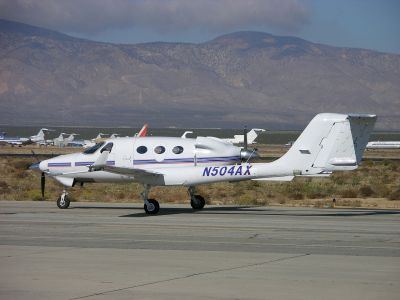
Fibre-reinforced plastics (FRPs) are the building block of numerous aerospace structural components made with stacked configurations. EU-funded scientists have conducted extensive testing and numerical modelling to identify critical failure criteria.
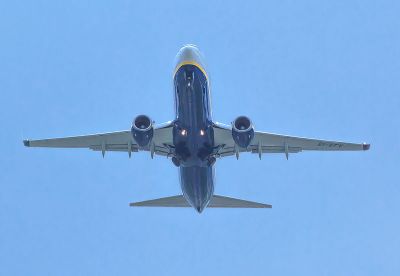
EU-funded scientists have been developing a novel heating solution to efficiently repair composite parts in aircraft.
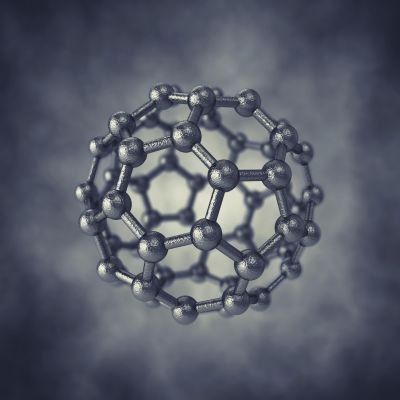
An EU-funded project is studying the temporal behaviour of electron dynamics in bulk materials. Using ultrafast pulses (attosecond) to probe electron energy bands represents initiation of a new field in condensed matter physics.

Reactions that transfer hydrogen or protons (hydrogen ions) are among the most elementary yet important reactions in industrial and biological systems. A new computational framework describes them efficiently and accurately for the first time.
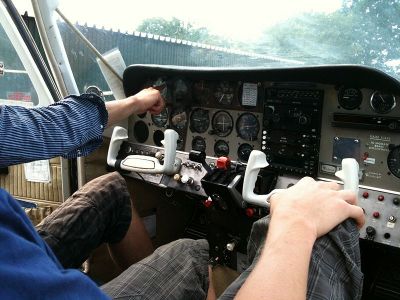
More-electric aircraft (MEA) systems feature highly integrated electrical networks in avionics applications. EU-funded scientists are designing a passive cooling system to address thermal management of electrical hardware to guarantee its successful operation and enhance its performances.
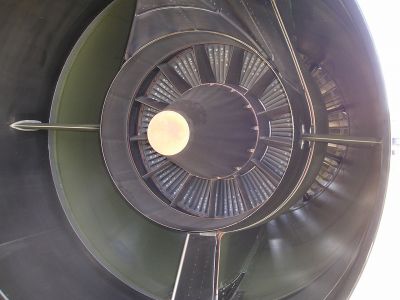
Reducing the acoustic and pollutant emissions associated with air travel has important and broad-sweeping effects for citizens, industries and the environment. A novel acoustic liner for critical aeroengine components will make a major contribution.
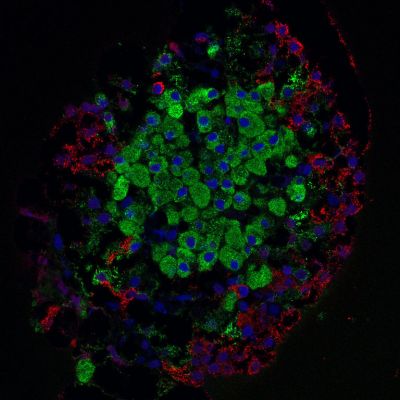
An EU-funded project is blasting transition-metal molecules and others with extreme ultraviolet (XUV) radiation to probe their dynamics. The study has important implications for excited-state processes such as DNA photoprotection, light harvesting and atmospheric chemistry.

Noise is a serious drawback that lots of powerful technologies have. EU-funded scientists sought to improve methods of dampening the noise that aircraft engines generate.
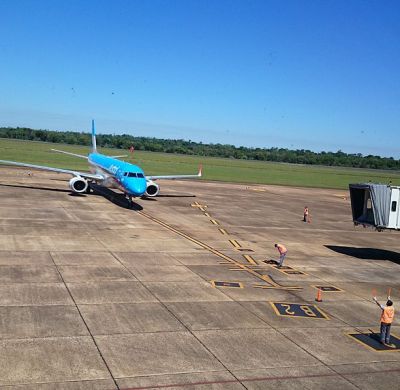
An EU group has contributed to the aviation industry's ability to innovate and rapidly meet the demand for new aircraft. The team targeted 13 economic and environmental priorities, while also clarifying relevant funding and international collaboration opportunities.
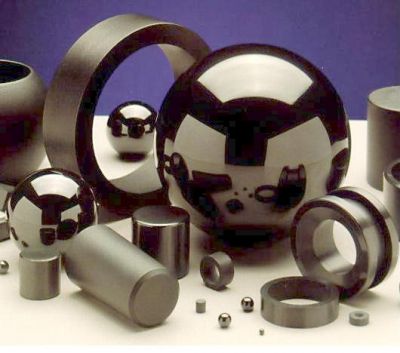
The Piezo Institute is a hub of European expertise and resources in piezoelectric devices and materials including ceramics, single crystals, polymers and composites that have far-reaching applications in numerous sectors. An EU initiative is strengthening its visibility by increasing dissemination and further developing education, research and training activities.
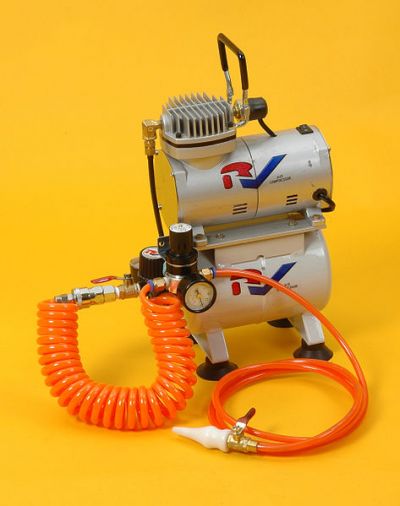
Compressed air is often called industry's fourth utility after electricity, natural gas and water. Novel monitoring technology will now make sure the air supply is not contaminated with oil, a common and problematic condition.

A new EU-funded research project combined two cutting-edge technologies for major enhancements in cost-effective photodetector technology. Applications abound from digital photography to biomedical imaging.

Nonlinear optical effects are behind a number of very important phenomena and their experimental and industrial application. EU-funded scientists characterised promising new materials that could support enhanced instrumentation.
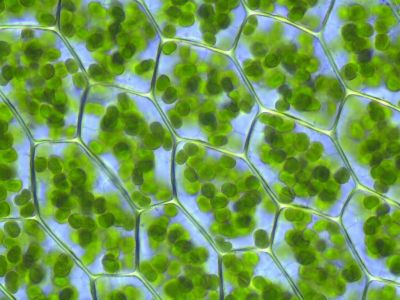
New research into systems chemistry is generating advanced materials with unique features like self-assembly and self-replication. These may find use in anti-counterfeiting measures and various other biological and electronic applications.
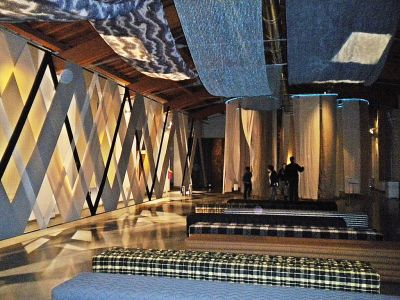
Geometric mechanics exploits the fact that both geometry and symmetry principles underly most physical laws. An EU-funded research network pursued modern applications sharing the same concepts of symmetry and geometry.

EU-funded scientists unveiled an innovative microwave system not to heat food, but for use in the semiconductor industry to improve materials bonding quality.

Feasible ideas in advanced propulsion technology could lead to developing commercial aircraft that could travel halfway around the globe in just 2–4 hours.
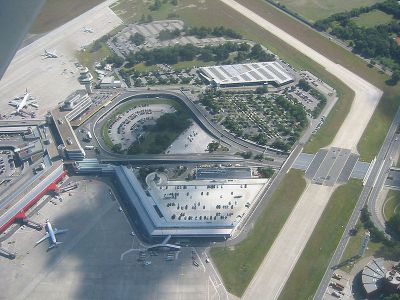
A team of experts has proposed effective solutions for making airports after 2050 more cost effective, more efficient and more environmentally friendly.
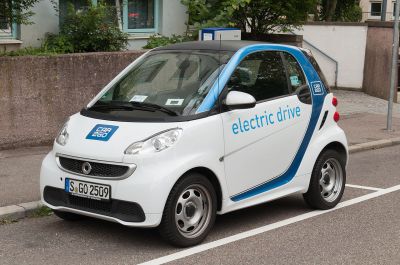
An EU-funded project conducted a comprehensive study to identify different sources of magnetic fields in electric vehicles (EVs). Results showed that there is little difference in magnetic field exposure from vehicles with internal combustion engines (ICEs).

EU research has advanced the study of machine translation (MT), promising major societal and industry impact. The project resulted in a system with enhanced MT architecture, offering a powerful tool for researchers, lecturers and students of natural language processing.
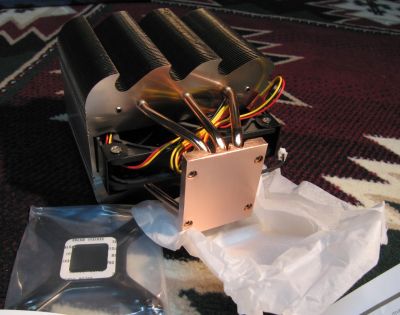
On-chip microrefrigeration devices could soon cool electronics for a major reduction in refrigerant use, cost and system volume. In pioneering work, EU-funded scientists have demonstrated deposition of functional refrigerant molecules on silicon.

Methodological and technological developments are being made towards more energy-efficient modes of production. Such developments will hopefully lead to near-zero–emissions production systems that remain highly productive but also cost and energy efficient.
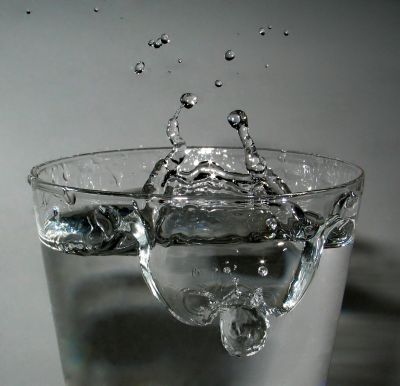
EU support has facilitated demonstration of unprecedented phase changes in thin films at their interfaces with substrates. Outcomes promise to have broad-sweeping implications for synthesis in areas from pharmaceuticals and food additives to organic electronics.
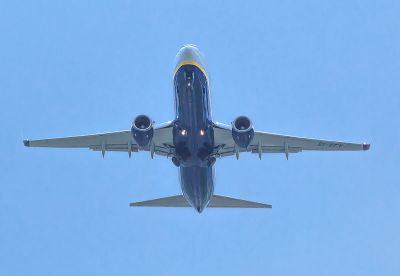
A novel solution to help airports embrace the future promises to support the aviation sector in several ways, from introducing new safety management systems to assessing airport risks.

An EU team modelled transportation networks to improve operations in all conditions. The study combined two kinds of models, which together lead to more effective control.
























